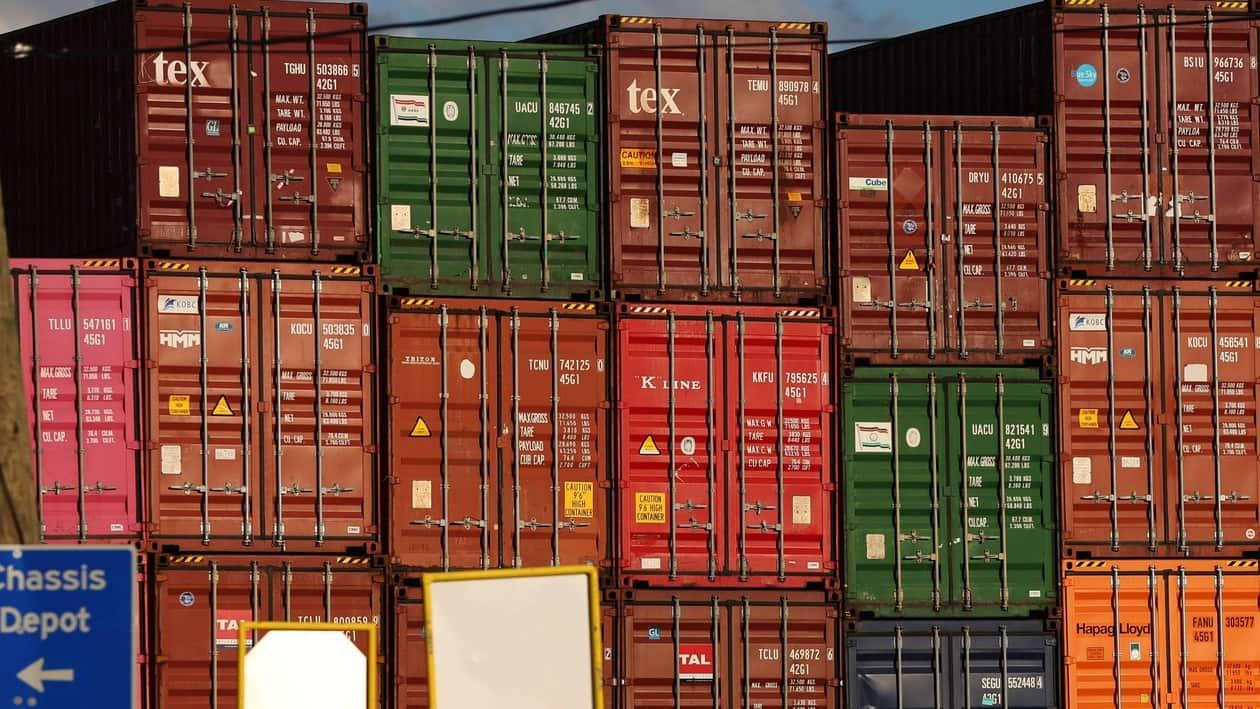The EU has announced the withdrawal of GSP benefits for India from January 1, 2023. This will hurt Indian exports to the EU worth $7.9 billion, which were under zero import duties.
Overall, 1800 products such as fur, stone, plaster, cement, asbestos, machinery, and mechanical appliances will lose their benefits, making Indian goods more expensive, with exporters paying a 6.5% duty on certain plastic products that currently have no tariff, Economic Times reported.
The report said that exporters have already raised the issue with the commerce and industry ministry as GSP is the only route to get tariff concessions as the India-EU free trade agreement is yet to be formalized.
The EU is India's third largest trading partner, accounting for €88 billion worth of trade in goods in 2021, or 10.8% of total Indian trade, after the USA (11.6%) and China (11.4%).
Further, the EU is the second-largest destination for Indian exports after the US. However, India still ranks as the tenth largest trading partner for the EU. In 2021, India accounted for 2.1 percent of total trade in goods for the EU well behind China (16.2%), the USA (14.7%), and the UK (10%).
The EU’s proposed rollback of duty relief for Indian exports came at a time when Indian exports to the EU came down to 39% in June from 40 percent in May and 61 percent in April.
The EU's current Generalised Scheme of Preferences (GSP) has been applied since 1 January 2014.
The three arrangements of the scheme, are the general GSP scheme, the GSP+ incentive scheme, and the Everything But Arms (EBA) scheme, the European Commission website showed.
The Standard GSP targets developing countries that are classified by the World Bank as lower or lower-middle-income countries and which do not have equal preferential access to the EU market through any other arrangement. This means a partial or full removal of customs duties on two-thirds of tariff lines.
The other one is a GSP+, which is a special incentive arrangement for sustainable development and good governance. GSP+ slashes these same tariffs to 0% for vulnerable low- and lower-middle income countries that implement 27 international conventions related to labor and human rights, environmental and climate protection, and good governance.
The final one is EBA (Everything But Arms). It is a special arrangement for least developed countries (LDCs), providing them with duty-free, quota-free access to the EU market for all products except arms and ammunition.
FTA talks have resumed
After a pause of about nine years, India and the EU started talks again in June for a "fresh" FTA that would include more than just investments, goods, and services.
A senior government official told FE that the next round of negotiations for the proposed free trade agreement will likely happen in October in Brussels.
According to the second source, India is expected to submit its master negotiation text to the EU in the next round of talks.
Discussions are likely to take place in as many as 18 policy areas. The EU is learnt to have submitted its own negotiating text to India in June.
However, the deal might take longer due to the complexity of negotiating with a bloc of 27 members, as all they need to agree to make this happen. 16 rounds of talks happened between 2007 and 2013.
Despite the European Union being the third largest trading partner for India, there is no free trade agreement in place. India and Europe announced a strategic partnership way back in 2004. That was almost 18 years ago.
Meanwhile, after a decade of negotiations, Australia has signed a historic free trade deal with India, reducing its economic dependence on China.
On April 02, 2022, India and Australia signed an Interim Economic Cooperation and Trade Agreement (ECTA). This is the first bilateral trade agreement of India with a developed country in the last decade, according to media reports.
According to data from the Ministry of Commerce and Industry, Indian exports to Australia are up 104.8 percent year on year, while Australian imports to India are up 99.5 percent year on year.
The governments of both countries expect trade in goods to double in five years (after the implementation of the agreement) to US $50 billion.
The ECTA expressed significant commitments to cut tariffs. India can import coal from Australia at a much cheaper rate, and this constitutes about 70 percent of India’s imports from Australia, which also attracts a 2.5 percent duty.
Disclaimer: The views and recommendations made above are those of individual analysts or broking companies, and not of MintGenie.
